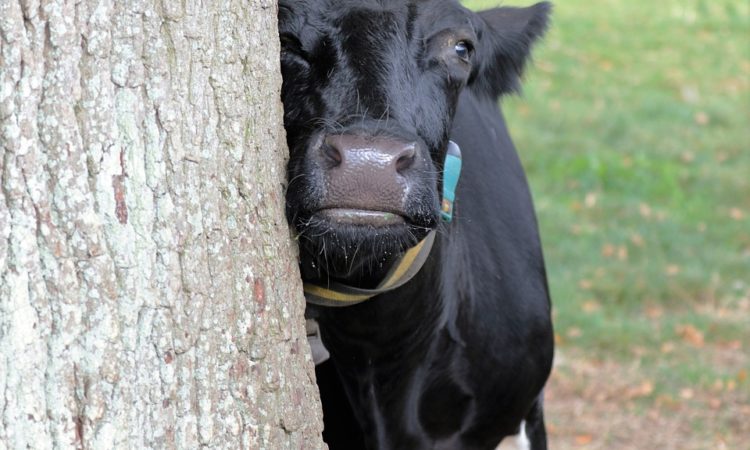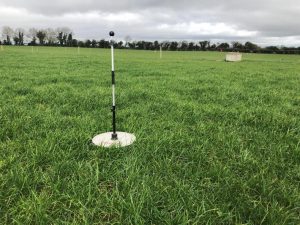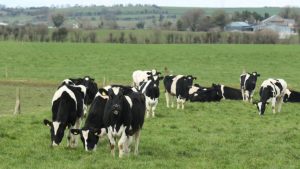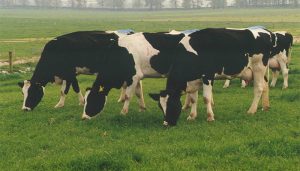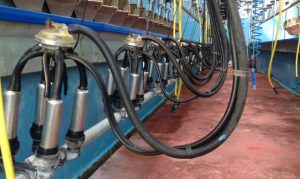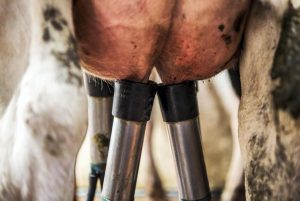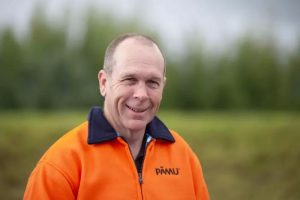
At the recent launch of Forest Industries Ireland (FII) last week, Veon forestry managing director Daragh Little spoke to AgriLand about how forestry can fit into a farm enterprise.
The managing director gave the example of dairy farmers, which will come under the most pressure regarding mitigation targets due to the expansion of the national dairy herd.
“Dairy farmers are really, really good at maximising every square inch on their farm for milk production,” Little noted.
But every farm has a proportion of land that they would say is suboptimal, shall we say, and that’s the opportunity for them to say ‘OK, that bit there should be my forest’.
He added that, under national forestry schemes, farmers who plant such land get an annual premium per year depending on what kind of tree they will plant for 15 years.
“That gives them a stable income off that which allows them to reinvest back into their farm.”
Little explained that the carbon navigator up until now did not include forestry; however, Teagasc is now reprogramming it to incorporate trees.
Through this, farmers will be able to estimate the amount of carbon they can store in their forest depending on the species they plant, which the managing director said will allow such farmers to say “I’m emitting 100t of carbon; my forestry is going to take 10t of carbon per year so my net emissions is 90t”.
“If they want to become balanced in their farm enterprise, they can expand the farm and plant more, or reduce their dairy or plant more on the existing farm that they have; so they have options to do that,” he added.
In the next 10-15 years, all farmers are going to be put under pressure to focus on what carbon they are emitting from their farm. And many of them up to it, and some of them are not.
Little said that part of the solution is forestry, noting a number of benefits “not just about carbon”.
“You’re talking about water protection – water framework directive is a big issue to farmers, particularly dairy farmers because of the amount of water that they use in the process, and they have to be looking at how do ‘we filter this out so that it doesn’t get out to the river?’
The director said that a forest is a really good way of doing this, noting that water gets filtered multiple times by trees planted between sheds and rivers before it gets to waterways clean.
“So there’s lots of solutions that they have to look at and it’s not just about carbon. It’s about protection, mitigating the risk of being fined for water pollution.
There’s many ways farmers need to look at this in how forestry can contribute to all of their farm and how farmers can protect their farm from pollution and from fines that may result from pollution.
Little noted that such fines will be hefty, with authorities also getting better and more sophisticated at identifying culprits to pollution.
“So, forestry plays multiple roles on a farm and that’s why farmers should look at it – not just from a carbon perspective: income; the environmental benefits; the biodiversity – all of those things that forestry brings in,” Little concluded.
